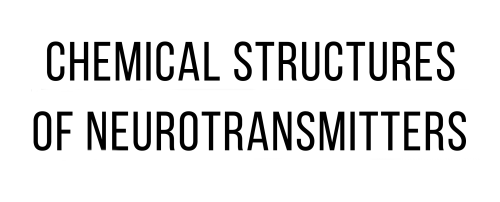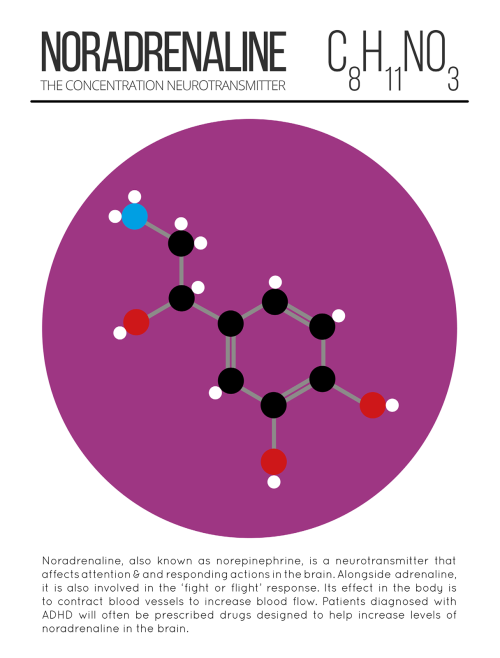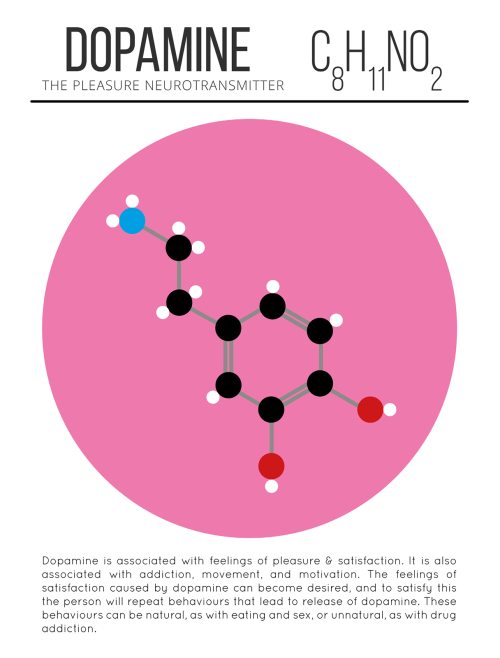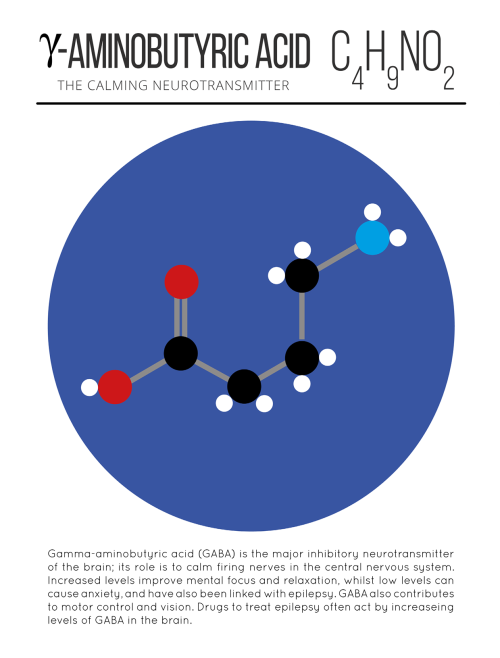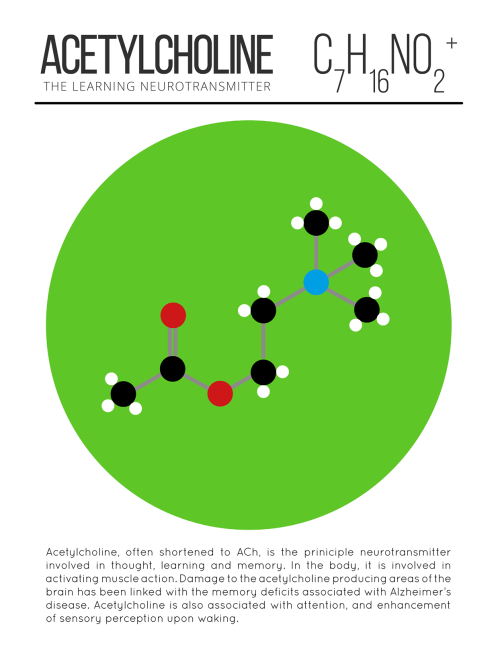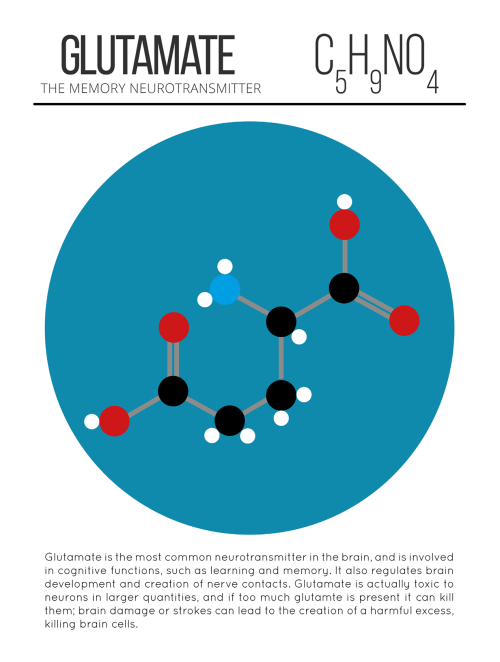Science-is-magical - Science Is Magic

More Posts from Science-is-magical and Others

In an experiment, two ravens had to simultaneously pull the two ends of one rope to slide a platform with two pieces of cheese into reach. If only one of them pulled, the rope would slip through the loops, leaving them with no cheese. Without any training they solved the task and cooperated successfully.

However, when one of the two birds cheated and stole the reward of its companion, the victims of such cheats immediately noticed and started defecting in further trials with the same individual.

“Such a sophisticated way of keeping your partner in check has previously only been shown in humans and chimpanzees, and is a complete novelty among birds.”

Source



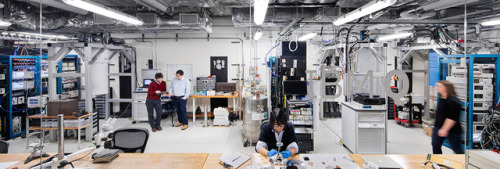
Quantum computers have arrived.
First there was the mainframe, then came the personal computer, now we’ve reached a new monumental landmark in the history of technology. For the first time ever, IBM aims to bring universal quantum computers out of the lab and into the commercial realm. Projected to sift through vast possibilities and data, to choose the perfect option or discover unseen patterns, quantum computing is poised to drive a new era of innovation across industries. This means that some of the world’s most complex problems now have a chance of being solved. And as the quantum eco-system grows, a seemingly impossible kind of physics could start to make the most incredible things possible.
Learn More →

(Image caption: The above image compares the neural activation patterns between images from the participants’ brains when reading “O eleitor foi ao protesto” (observed) and the computational model’s prediction for “The voter went to the protest” (predicted))
Brain “Reads” Sentences the Same in English and Portuguese
An international research team led by Carnegie Mellon University has found that when the brain “reads” or decodes a sentence in English or Portuguese, its neural activation patterns are the same.
Published in NeuroImage, the study is the first to show that different languages have similar neural signatures for describing events and scenes. By using a machine-learning algorithm, the research team was able to understand the relationship between sentence meaning and brain activation patterns in English and then recognize sentence meaning based on activation patterns in Portuguese. The findings can be used to improve machine translation, brain decoding across languages and, potentially, second language instruction.
“This tells us that, for the most part, the language we happen to learn to speak does not change the organization of the brain,” said Marcel Just, the D.O. Hebb University Professor of Psychology and pioneer in using brain imaging and machine-learning techniques to identify how the brain deciphers thoughts and concepts.
“Semantic information is represented in the same place in the brain and the same pattern of intensities for everyone. Knowing this means that brain to brain or brain to computer interfaces can probably be the same for speakers of all languages,” Just said.
For the study, 15 native Portuguese speakers — eight were bilingual in Portuguese and English — read 60 sentences in Portuguese while in a functional magnetic resonance imaging (fMRI) scanner. A CMU-developed computational model was able to predict which sentences the participants were reading in Portuguese, based only on activation patterns.
The computational model uses a set of 42 concept-level semantic features and six markers of the concepts’ roles in the sentence, such as agent or action, to identify brain activation patterns in English.
With 67 percent accuracy, the model predicted which sentences were read in Portuguese. The resulting brain images showed that the activation patterns for the 60 sentences were in the same brain locations and at similar intensity levels for both English and Portuguese sentences.
Additionally, the results revealed the activation patterns could be grouped into four semantic categories, depending on the sentence’s focus: people, places, actions and feelings. The groupings were very similar across languages, reinforcing the organization of information in the brain is the same regardless of the language in which it is expressed.
“The cross-language prediction model captured the conceptual gist of the described event or state in the sentences, rather than depending on particular language idiosyncrasies. It demonstrated a meta-language prediction capability from neural signals across people, languages and bilingual status,” said Ying Yang, a postdoctoral associate in psychology at CMU and first author of the study.
-
 detrsunggopos liked this · 1 year ago
detrsunggopos liked this · 1 year ago -
 midewinofix liked this · 2 years ago
midewinofix liked this · 2 years ago -
 daedricprincessorigin liked this · 2 years ago
daedricprincessorigin liked this · 2 years ago -
 lionesshathor reblogged this · 2 years ago
lionesshathor reblogged this · 2 years ago -
 araku-validrava liked this · 5 years ago
araku-validrava liked this · 5 years ago -
 lionesshathor reblogged this · 5 years ago
lionesshathor reblogged this · 5 years ago -
 violetbumblebee79 liked this · 5 years ago
violetbumblebee79 liked this · 5 years ago -
 lionesshathor reblogged this · 5 years ago
lionesshathor reblogged this · 5 years ago -
 goldgyal reblogged this · 5 years ago
goldgyal reblogged this · 5 years ago -
 twisteddoorknob liked this · 5 years ago
twisteddoorknob liked this · 5 years ago -
 vinesdead-blog liked this · 5 years ago
vinesdead-blog liked this · 5 years ago -
 thephirstme reblogged this · 6 years ago
thephirstme reblogged this · 6 years ago -
 hellokittyslnt liked this · 6 years ago
hellokittyslnt liked this · 6 years ago -
 hotboiffilate reblogged this · 6 years ago
hotboiffilate reblogged this · 6 years ago -
 novenanr liked this · 6 years ago
novenanr liked this · 6 years ago -
 raginrodeo reblogged this · 6 years ago
raginrodeo reblogged this · 6 years ago -
 sheepheadfred reblogged this · 6 years ago
sheepheadfred reblogged this · 6 years ago -
 magikfromthemoon reblogged this · 6 years ago
magikfromthemoon reblogged this · 6 years ago -
 tipsy-twitchy liked this · 6 years ago
tipsy-twitchy liked this · 6 years ago -
 isabellasigh liked this · 6 years ago
isabellasigh liked this · 6 years ago -
 floatyfeelingg liked this · 6 years ago
floatyfeelingg liked this · 6 years ago -
 7ictoria reblogged this · 6 years ago
7ictoria reblogged this · 6 years ago -
 offthehorizon liked this · 6 years ago
offthehorizon liked this · 6 years ago -
 vibuki liked this · 6 years ago
vibuki liked this · 6 years ago -
 ed-black liked this · 6 years ago
ed-black liked this · 6 years ago -
 mistakenlyvid-el liked this · 6 years ago
mistakenlyvid-el liked this · 6 years ago -
 damnitdani1 reblogged this · 6 years ago
damnitdani1 reblogged this · 6 years ago -
 ew-rainbows liked this · 6 years ago
ew-rainbows liked this · 6 years ago -
 arms-open reblogged this · 6 years ago
arms-open reblogged this · 6 years ago -
 dc-6engineer liked this · 6 years ago
dc-6engineer liked this · 6 years ago -
 canuck-sweets33 reblogged this · 6 years ago
canuck-sweets33 reblogged this · 6 years ago

![Source [x]](https://64.media.tumblr.com/c67e16b83f88fe48da4656147229f385/tumblr_nz90mw4OiA1u1i4d4o1_500.jpg)
![Source [x]](https://64.media.tumblr.com/a60c74bcd55fb8555c574abb6eb4a0aa/tumblr_nz90mw4OiA1u1i4d4o2_500.jpg)
![Source [x]](https://64.media.tumblr.com/35e92a53a2e18de1283034cd6d7999ea/tumblr_nz90mw4OiA1u1i4d4o3_500.jpg)
![Source [x]](https://64.media.tumblr.com/4c1566aefd626f49bf3bfaf0c2e04616/tumblr_nz90mw4OiA1u1i4d4o4_500.jpg)
![Source [x]](https://64.media.tumblr.com/61c3673d595a1d1ddb2bd9c6d25862ae/tumblr_nz90mw4OiA1u1i4d4o5_500.jpg)
![Source [x]](https://64.media.tumblr.com/3830b9a2ede2b1021bb8596b1bc4bb6f/tumblr_nz90mw4OiA1u1i4d4o6_500.jpg)
